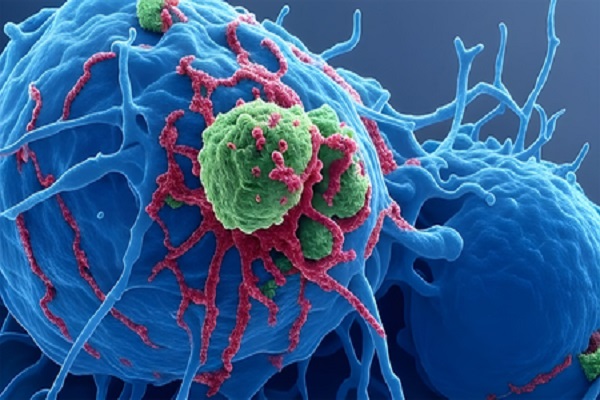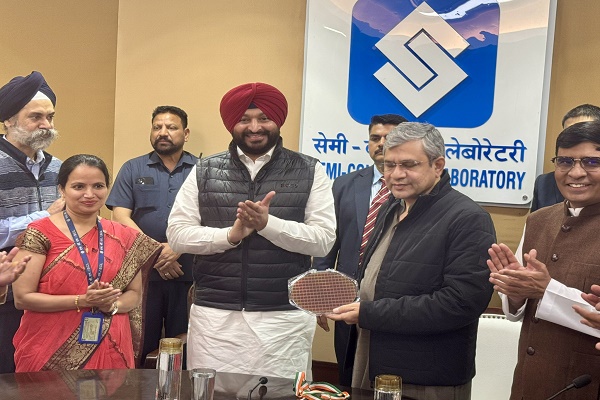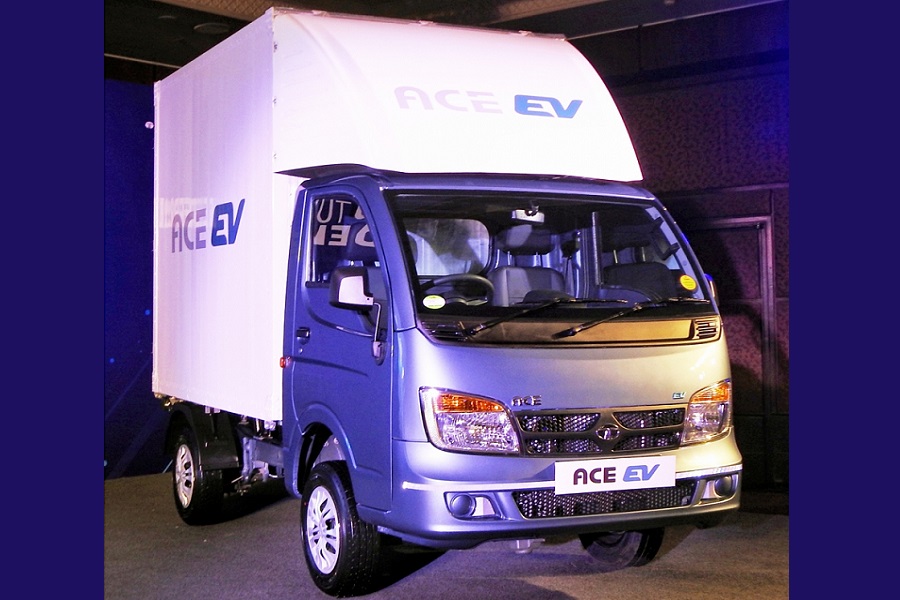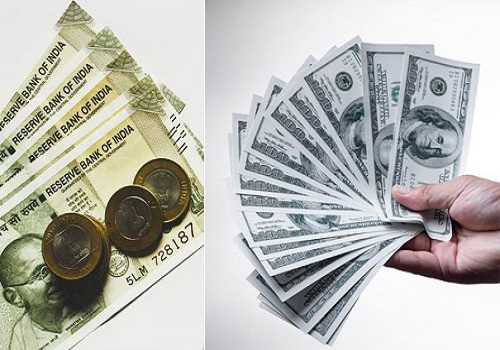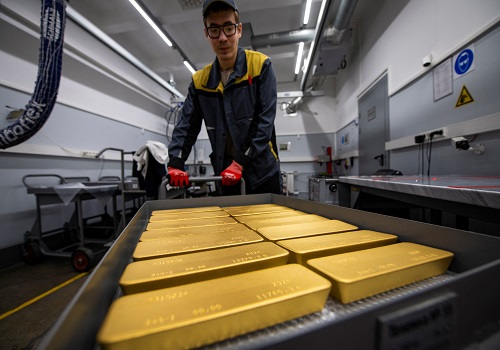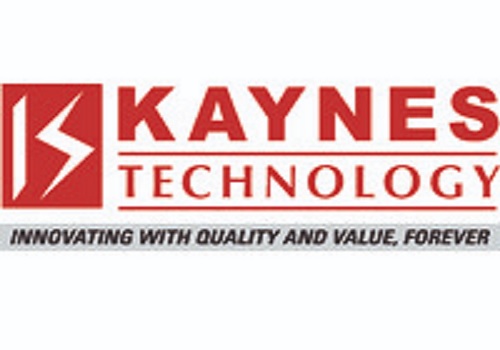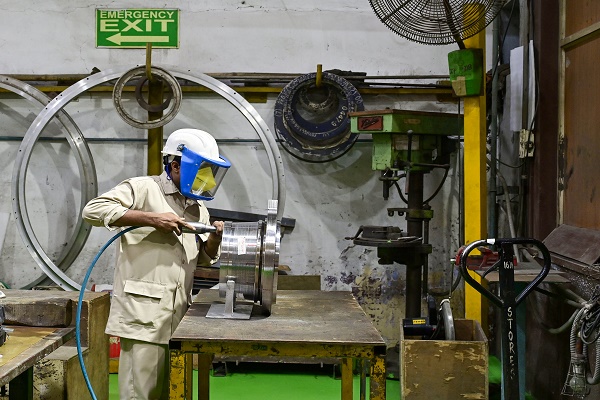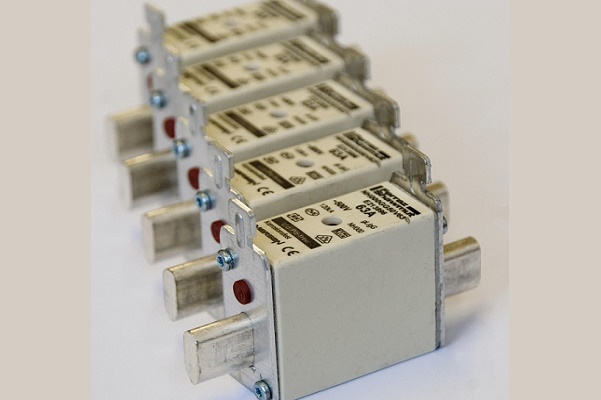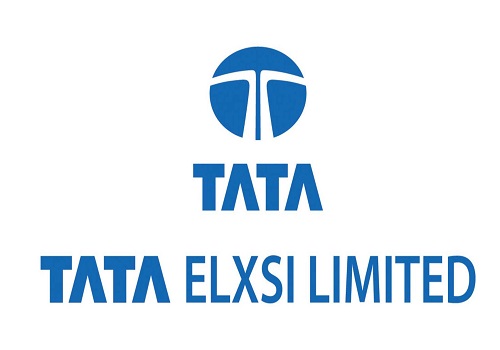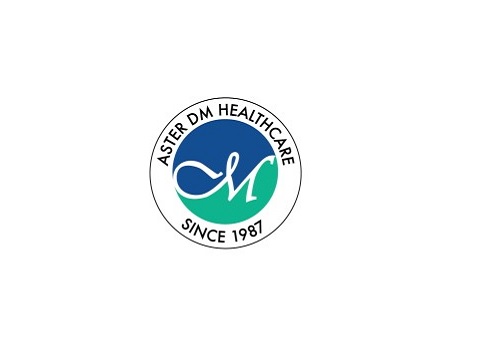Buy Balrampur Chini Ltd For Target Rs.700 By JM Financial Services
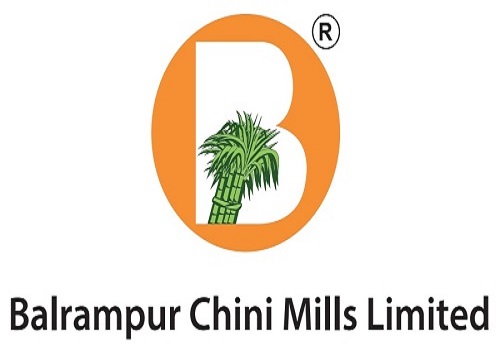
Seasonally weak quarter; positive catalysts in place
Balrampur Chini’s (BRCM) 2QFY25 reported EBITDA was 61%/47% below JMFe/ consensus estimates respectively on account of lower crushing volume, leading to negative operating leverage. Distillery operations were impacted due to restriction on the use of sugar cane juice/syrup as a feedstock, impacting profitability. The management has refrained from guiding on crushing volume in SS25. Going ahead, we expect late planting of crops at some of the company’s mills to lead to lower crushing volume. However, lower diversion towards gur and khandsari and the company’s cane development programme will improve cane availability and sugar recovery. The PLA project has progressed well and the company has spent INR 3.3bn FY25TD. We have cut our FY25-27 EBITDA and EPS estimates by ~4%. In our view, higher ethanol volumes will keep the medium term growth in check while commercialisation of PLA plant with support from UP government will help continue the long term growth (click here). Hence, we maintain BUY with a revised SoTP based Mar’26 TP of INR 700 (from INR 730 earlier). Further, any upward revision in MSP of Sugar, Ethanol price and lifting of sugar export ban could be the positive triggers (click here).
* 2QFY25 EBITDA below expectation: BRCM’s 2QFY25 consolidated gross profit came in 33% below JMFe at INR 2.2bn (-40% YoY) largely on account of off-season expenses during the quarter. Further, lower crushing volume led to lower absorption of fixed costs, leading to EBITDA margin contracting by 690bps YoY to 3.8% (620bps below JMFe). As a result, EBITDA declined 70% YoY (-70% QoQ, 61% below JMFe). Higher finance cost and depreciation led to net loss of INR 35mn during the quarter.
* Sugar EBIT impacted due to lower crushing volume (-54% YoY in 1HFY24): Sugar sales of INR 10.2bn was up 5% YoY (+7% QoQ) led by 3% YoY (+8%QoQ) growth in sugar volume and realisation (+2% YoY/ -1% QoQ). We believe sugar prices will continue to be firm on account of anticipation of announcement of MSP hike (last hike was announced in 2019), government allowing exports and higher diversion towards ethanol. However, lower crushing during 1HFY25 (-54% YoY) led to adverse operating leverage, impacting sugar EBIT margin. As a result, sugar EBIT was significantly below our expectation and stood at INR 15mn (vs. INR 391mn in Q2FY24).
* Distillery volume restricted due to government’s policy: Distillery volume fell by 48% YoY mainly due to the government restricting diversion to 46mn litres while realisation declined 2% YoY to INR 57/litre (-1% QoQ). Government’s restriction on the use of sugar limited the feedstock mix – B-heavy mix stood at 14% vs. 69% in 2QFY24. The management highlighted that there was no change in ethanol price under the juice/ syrup route and B-heavy route, unlike in the past, despite increase in FRP and expects a revision in the ethanol pricing methodology back to a formula-based one soon.
* PLA project on track, management expects commissioning by Oct’26: The management highlighted that the PLA project is progressing at a healthy pace. The company has already spent INR 3.33bn as capex (as on Sept’24) on the project and expects further capex over FY25-27. The project is expected to be commissioned by Oct’26. However, in our estimates, we have factored in a few months of trial run before the commercialisation starting FY28.
* UP’s maiden bio-polymer policy to improve PLA project commercial viability: Uttar Pradesh on 4th Oct’24 announced India’s first comprehensive bio-plastic policy. As per the policy, the state will incentivise companies investing INR 10bn or more into bio-plastic projects such as PLA manufacturing through a subsidy of up to 50% capital investment for 7 years. On top of the capital subsidy, other major subsidies include – a) interest subvention for a period of 7 years and b) grant of 100% reimbursement of SGST for 10 years. BRCM is investing INR 20bn (INR 12bn out of debt and INR 8bn from equity) in the PLA project categorised under a bio-plastic project. Hence, it is eligible to receive 50% capital subsidy to the tune of INR 10bn.
* Current sugar balance sheet suggests lifting of exports ban: BRCM estimates India’s gross sugar production for SS25 at 32mnt (pre-diversion), which is conservative vis-à-vis ISMA estimates of 33.3mnt (pre diversion). UP’s output is expected to be similar to that of last year, and the company expects lower diversion of sugarcane to gur and khandsari. On the other hand, sugar production in Maharashtra and Karnataka is expected to decline slightly because of reduced acreage and inadequate rainfall last year. With opening stock of 8.5mnt and domestic consumption of 29mnt, closing inventory by the end of the SS25 (Sep’25) is expected to be 7.8mnt. Given this increased inventory, BRCM is hopeful of government intervention to allow exports at least to the tune of 2mnt.
* Expect 15% EPS CAGR over FY24-27E; maintain BUY: We have revised our EBITDA estimates by c. 4% for FY25-27 to account for current operating performance and slight uncertainty in crushing volumes. Also, higher inventories (closing stock of 7.8mnt in SS25 for sugar industry), may weaken the current sugar prices if the government doesn’t allow exports in SS25. We maintain BUY with a revised Mar’26 TP of INR 700 (vs. INR 730 earlier). Key downside risks: Lower-than-expected cane crushing volume and any unfavourable change in government regulations. Key upside risks: hike in Sugar MSP and ethanol price, lifting of sugar export ban and further re-rating of the PLA business.
2QFY25 Result Review Key takeaways from post-results conference call
* Closing stock of 7.8mnt in SS25 could mean government could allow sugar exports: The company estimates gross sugar production of 32.3mnt (while ISMA estimates 33mnt). Post diversion of 4.0mnt, net sugar production would be 28.3mnt. The management expects production of 10.8mnt in UP (similar to that last year). However, Maharashtra and Karnataka could see a marginal decline. The company estimates net production of 28.3mnt and consumption of 29.0 (deficit of 7lakh), inventory of 7.8mnt. Overall opening stock of 8.5mnt + net production of 28.3mnt - consumption of 29mnt results in ample stock of closing stock of 7.8mnt. Hence, the company believes the government could allow sugar exports.
* Sugar cane production estimate in SS25 of 10.8mnt in UP will be similar to SS24: Headwind for cane production - due to some late planting there will be lower cane availability at some mills. Tailwind - lower diversion towards gur, khandsari than last year to improve cane availability. UP has released an internal notification where it intends lower diversion towards Khandsari and Gur. It is interested in diverting more towards the sugar industry. Expectation of good winter rain can improve the crop yield.
* Sugar cane development programme to yield in a few quarters: The yield per hectare for variety 238 had yield that was appreciated by farmers. However, new varieties can take some time to grow. The management highlighted that ratoon yield assessment will be around 10th -12th Dec'24, whereas plant yield assessment will be by the 3rd week of Feb’25.
* Lower crushing in SS24 impacted crushing volume in 1H25 (-54% YoY); crushing guidance for SS25 to be given post 3QFY25: EBITDA declined 70% YoY due to lower crushing, which impacted profitability. Cane availability was impacted due to higher diversion of cane towards gur and khandsari. However, the company is now confident that intensified cane development initiative will mitigate challenges; company integrated operations have become resilient.
* Ethanol blending target: industry is bidding for 18% blending rate in ESY25: 15% ethanol blending achieved in ESY24. Government targets to achieve 18% in ESY25 and 20% in ESY26. At present, OMCs are bidding for 18% blending rate. In ESY 25, expects ethanol production of 25cr ltrs, out of which 9cr ltrs is through juice, 10cr ltrs is from b-heavy, 1 crs ltrs is from c-heavy and rest is from grain.
* PLA project is on track; UP bio-policy to improve the project viability: The project is as per schedule. It has entered the engineering phase. As per the UP bio-polymer policy, whatever the capex of the project has been put, 50% of will be reimbursed over a period of 7 years. However, the payment will come only after commercialisation of the project. SGST reimbursement will be only for PLA sold within UP. The plant is on track to be commissioned in Oct'26.
Please refer disclaimer at https://www.jmfl.com/disclaimer
SEBI Registration Number is INM000010361





